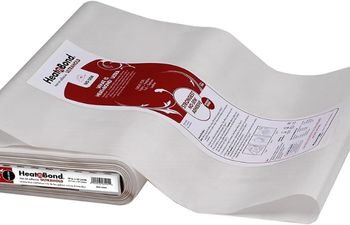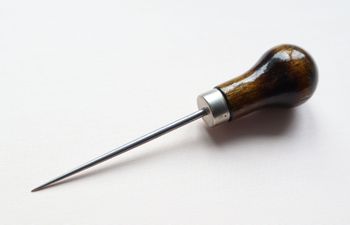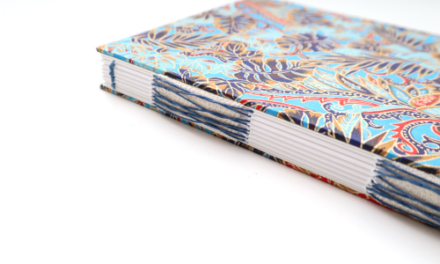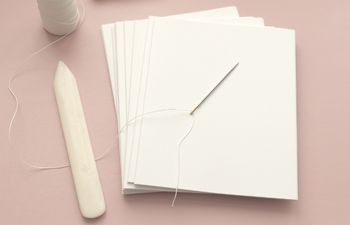If you want to make a book, just remember one important rule: the spine should always be with the grain of the paper. In other words, understanding paper grain direction is crucial. But, what does that even mean? That’s where I come in!
What is grain direction?
It all goes back to paper making. Let’s get a little technical – I think it will help!
Okay, so paper is made from wood fibers. Think of each wood fiber as a tiny stick. These wood fibers are turned into wood pulp. Water is added to the pulp and the whole mess is spread out to dry. Voila! Paper.
When this is done by hand, wood fibers in the pulp settle randomly as the water evaporates. This leaves the tiny “sticks” of fiber pointing in all different directions.
In mass-production, water is pushed across the fibers in one direction. This causes the fibers to all settle in that same direction. We call this “grain direction” because it’s the direction the sticks are pointing.
I made the images below to help show this as best I could. The first is what the “sticks” look like in handmade paper and the second is what they look like after a machine does the work.
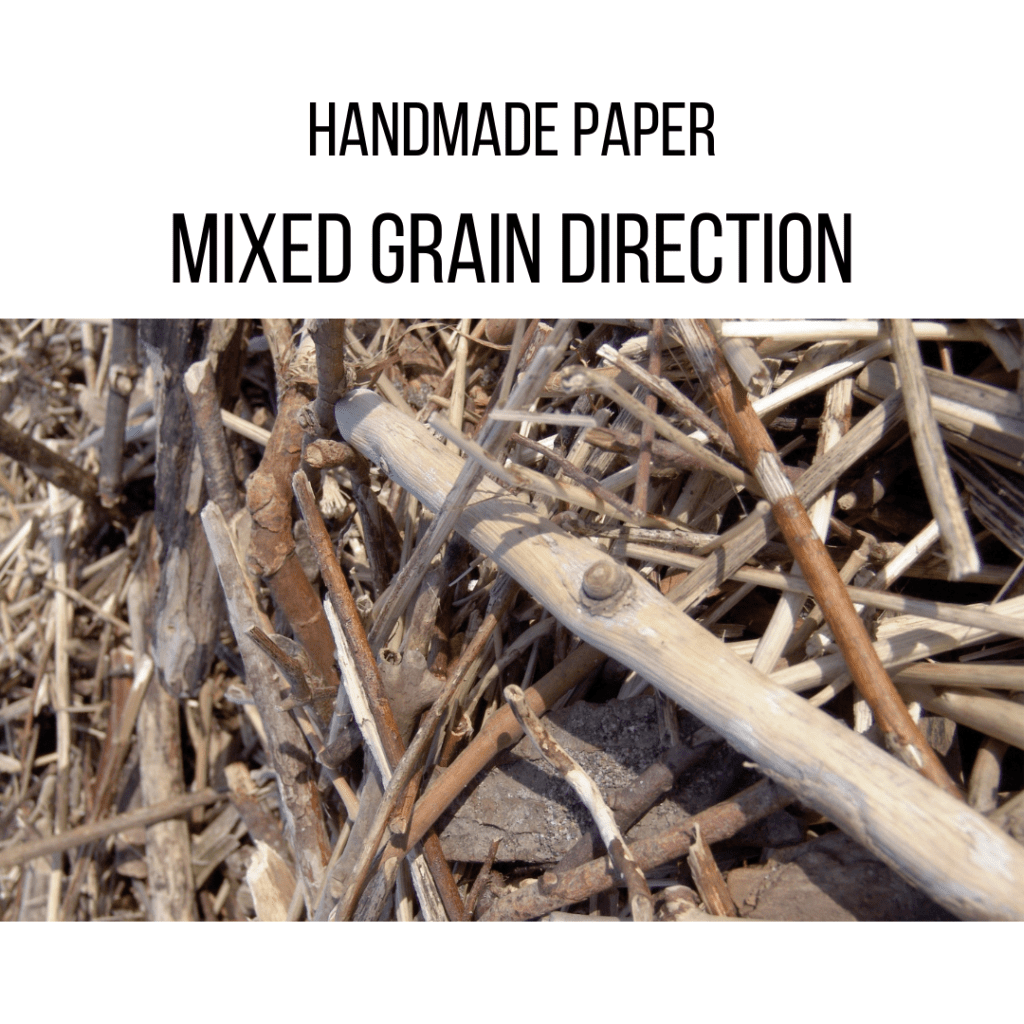
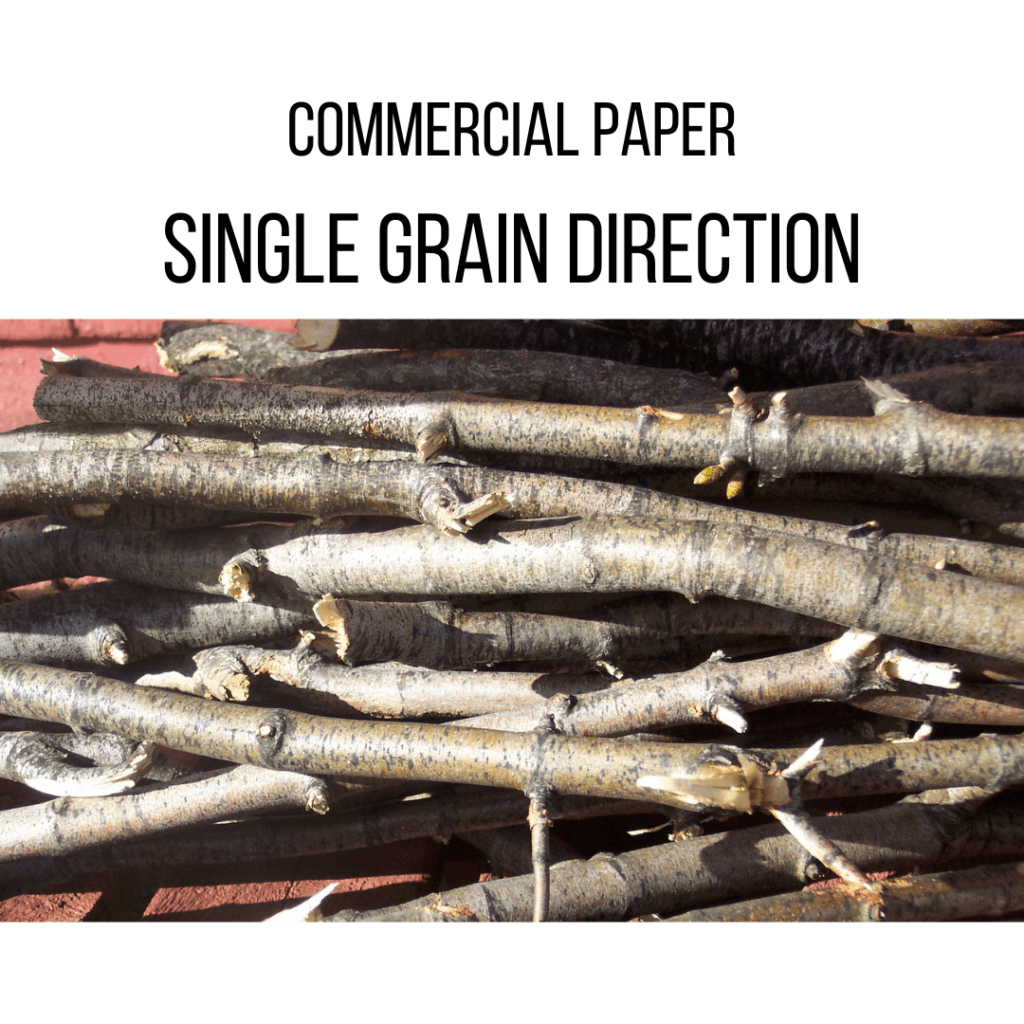
Since all the sticks are pointing the same direction in mass-produced paper, they’re easier to fold in one direction vs. the other. This is because one fold will go with the grain (like rolling up a bamboo mat) while the other fold will go against the grain (like trying to break a stick in half).
Why it matters in bookbinding
Paper is made of wood and wood is organic, so it responds to its environment like a tree does in the forest. When temperature or humidity are introduced, paper expands & contracts across the grain. If the grain is pinned (due to sewing), the pages will buckle where the paper attempts to expand. Over time, this is bad news for the book. It really shortens its lifespan.
I’ve made the illustration below to demonstrate how it works:
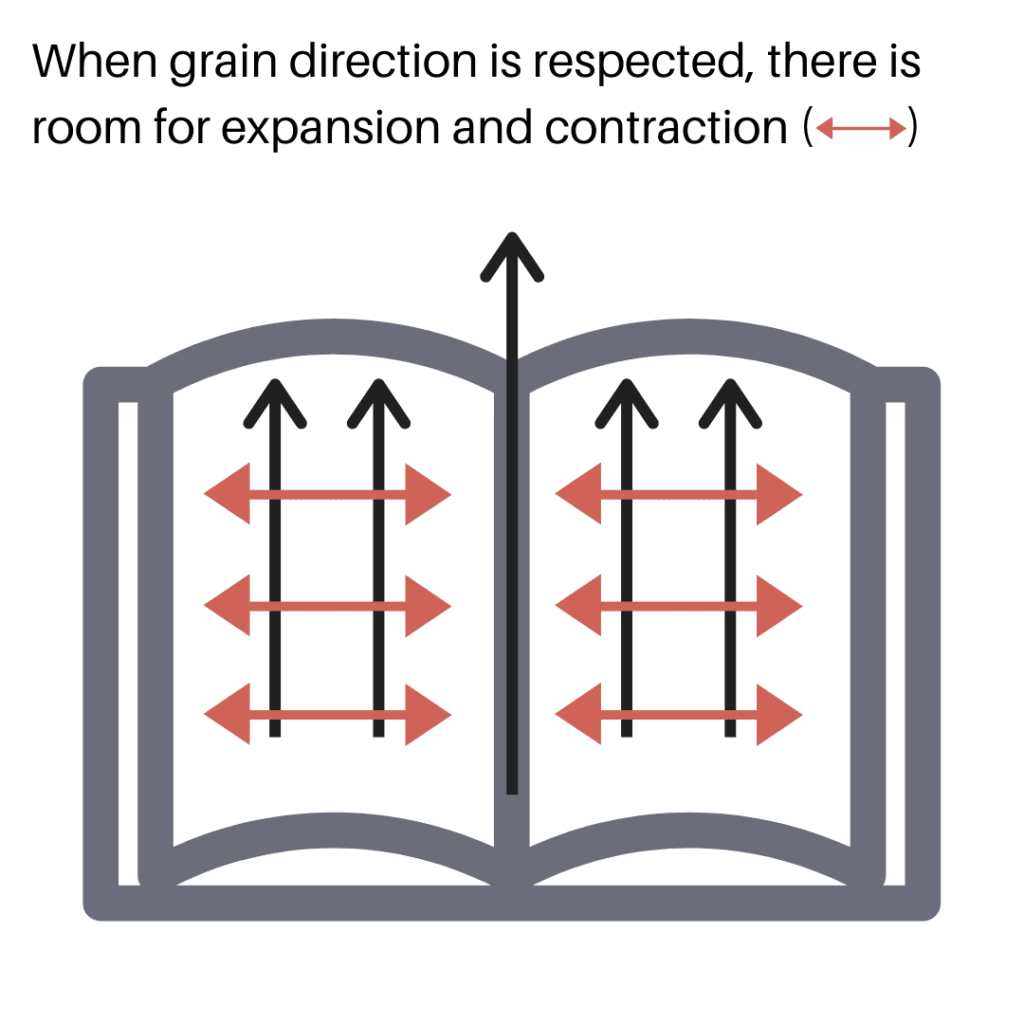
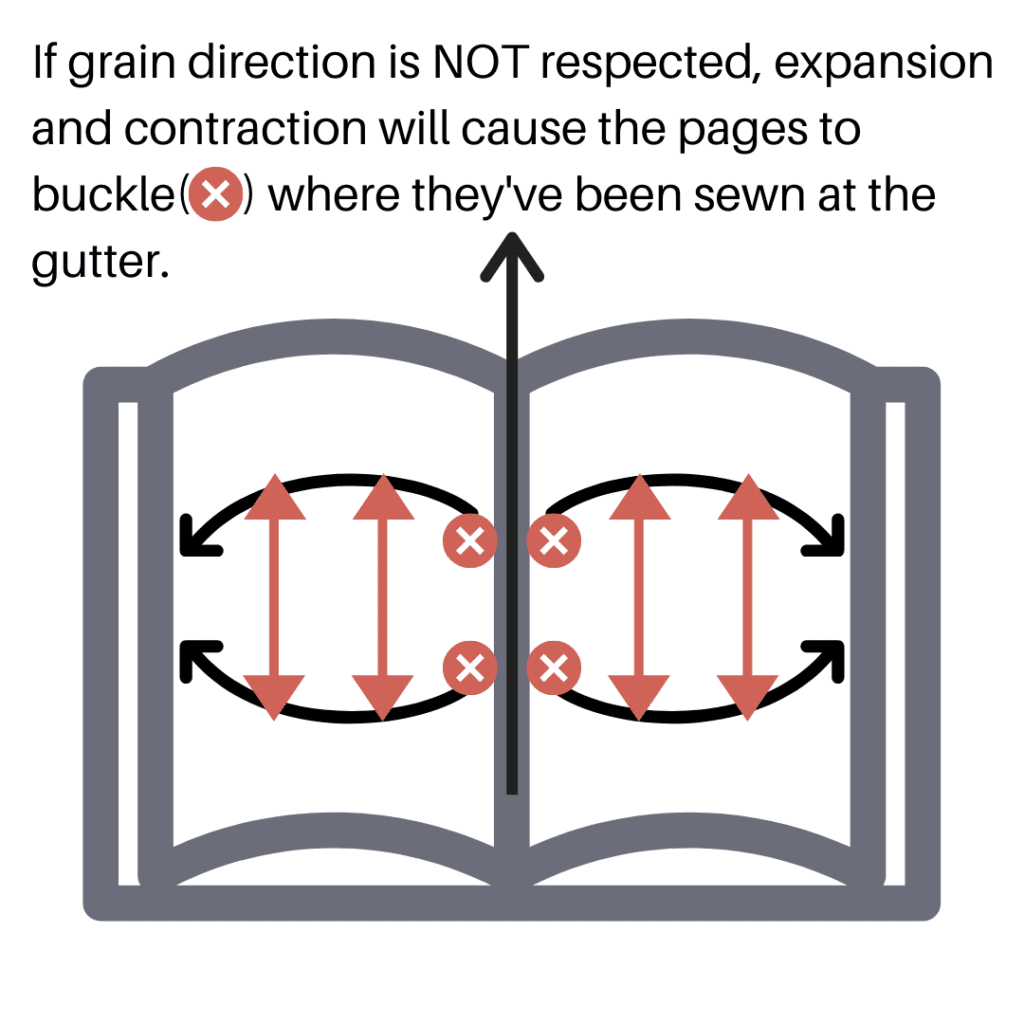
Here is an example of a book where buckling is happening:
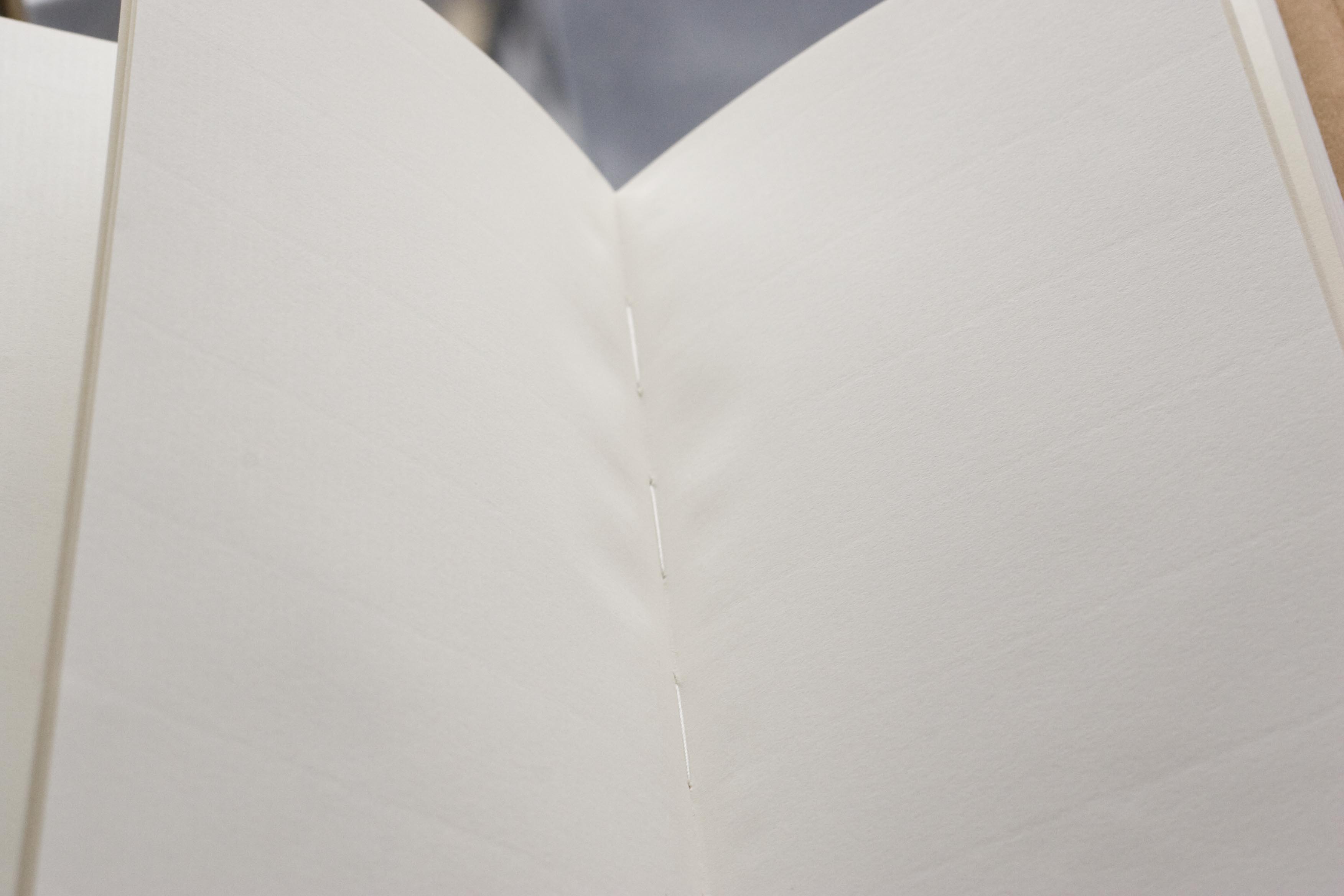
How to find grain direction quickly & easily
Finding grain direction is actually really easy. I recommend two methods:
As a book maker, you’ll get better at both of these methods over time as your “feel” for things improve. For guidance and images on how to perform both of these tests, check out my post: Two Easy Ways to Find Grain Direction in Paper.
Check all materials as you plan
Book board, cover and text papers, endpapers, endsheets, liners and even fabric have a grain direction. All of these should match. Remember, a home is only as strong as its foundation. Correct grain direction is the foundation to a strong book.
Note: If you mess it up here and there, don’t worry! I’ve made the same mistake. We all have. It’s all part of the process.
More bookbinding goodness
✨ What tools do I need to get started bookbinding?
- Bookbinding Tools & Supplies Quick Start Guide – learn all about book making tools, which to buy first & where to go online
- Pick up my popular Complete Starter Bookbinding Tools Kit – all the bookbinding essentials in one spot
🌟 Looking for a simple way to start making books?
Try a Complete Book Materials Kit. Each one has everything you need (+ tutorials & videos) to make a beautiful book without all the fuss.
Thank you for taking me along on your book making journey!
Misty

